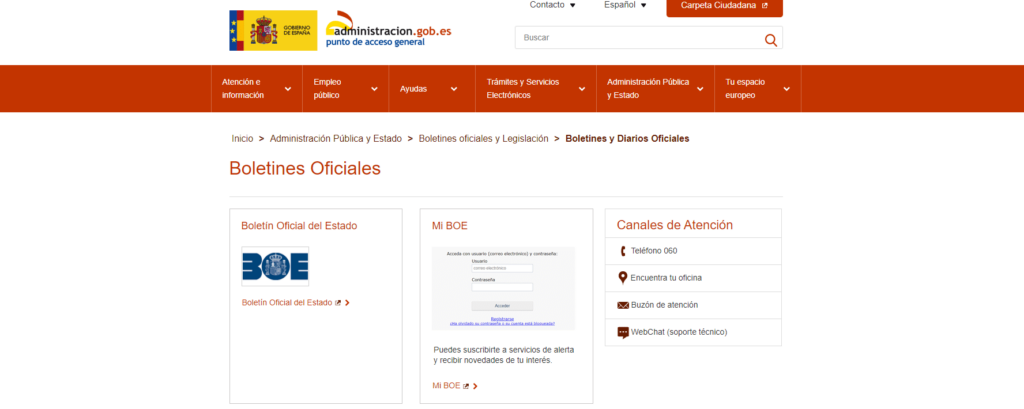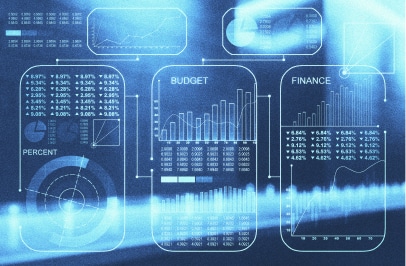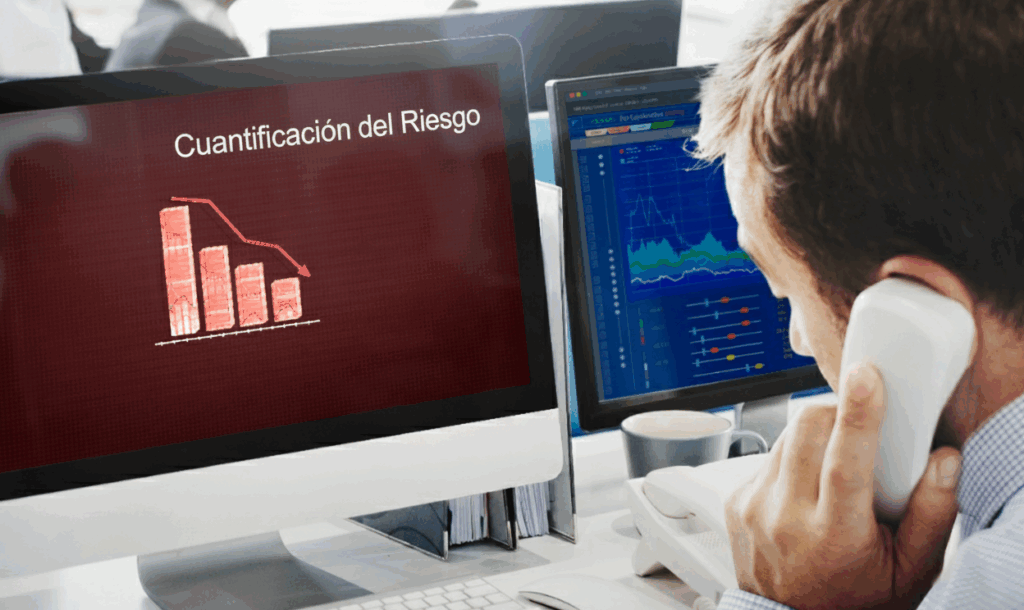Tracking method for the Senate, Congress and Parliament
Have a legislative monitoring method is a fundamental activity for companies, organizations, and citizens interested in understanding and anticipating changes in laws and regulations.
This process involves monitoring the legislative activities of institutions such as the Senatethe Congress and the ParliamentThe purpose is to influence decision making or adapt corporate strategies in accordance with regulatory changes. However, given the volume of information generated in every legislative session, it is essential to have efficient methods to facilitate this task.
In this article, explore best practices and methods for effective tracking of legislative activities. In addition, we will see how Artificial Intelligence (AI) is transforming this activity, optimizing the process and providing deeper and more automated analysis.
Importance of legislative monitoring
Legislative monitoring allows organizations and individuals to be aware of new bills, amendments, votes and debates that may affect their sector of activity. This includes:
- Regulatory adaptationCompanies and organizations need to be aware of new laws to adapt to regulations that could influence their operations, from labor issues to taxes or industry regulations.
- Political strategiesContinuous monitoring of legislative activities helps to design strategies to influence the decision-making process. This is essential for lobbying or advocacy organizations, where accurate information is key to influencing legislators.
- Forecasting and planningBy knowing which laws are in the pipeline and which are most likely to be passed, organizations can anticipate changes and adapt their plans to upcoming regulations.
Traditional methods of legislative monitoring

Historically, legislative monitoring has been done through manual methods, which, although effective, can be slow, inefficient and costly. These methods include:
1. Monitoring of official journals and legislative gazettes
The official journals and legislative gazettes are the main sources of information on the activities of the senators, congressmen or congresswomen or parliamentarians. These documents record all bills, amendments and decisions made in the legislative chambers.

Manual monitoring involves reviewing these documents on a daily basis, selecting relevant issues and performing a detailed analysis of the projects that impact the sector being monitored. This process can be highly demanding in terms of time and human resources.
2. Attendance at legislative sessions
A common, albeit costly, practice has been to attend sessions of the Senate, Congress or Parliament directly. Political lobbying organizations often send representatives to sessions to stay informed about debates and possible changes in laws.
This method, while providing real-time information, is limited by the need for physical presence and restricted access to certain events or private sessions.
3. Legislative consultants and advisors
Another traditional option is to hire consultants or advisors specialized in legislative activity. These experts are in charge of monitoring the activities of legislative bodies, reporting to their clients on issues of interest and providing a detailed analysis of the political and legal implications of bills.
While it is an effective method, it can be costly, especially for small organizations.
Evolution of legislative monitoring: digital tools
With the digitization of legislative processes and the increasing availability of online information, new digital tools have emerged that automate and optimize legislative tracking. These tools allow organizations to access real-time information, save time and obtain more complete analysis.
1. Online legislative monitoring platforms
There are platforms that allow detailed monitoring of the activities of the Senate, Congress and Parliaments of various countries. These platforms collect information from official pages, such as bills, votes and speeches, and present it in an organized form for easy access.
For example, tools such as Enigmiaspecialized in legislative monitoring, centralize the most relevant information and allow you to set up customized alerts to receive notifications about regulatory changes or progress on key bills.

Always stay one step ahead in the legislative arena!
Discover how our AI-based legislative tracking alerts can transform the way you work. Get relevant and up-to-date information instantly. Visit our website and start optimizing your legislative management today:
2. Automated legislative alerts
Many of today's platforms include customized alert features. These alerts are configured according to each user's topics of interest and send email notifications when new bills are introduced or there is a breakthrough in discussions on a relevant topic.
This type of tool is especially useful for organizations that need to react quickly to possible changes in regulations affecting their industry or activity.
3. Legislative databases
Access to online legislative databases facilitates the search and analysis of historical information. This makes it possible to compare current bills with previous regulations, analyze voting patterns and study the evolution of public policies in a specific area.
These tools, being available in digital format, save time and allow users to access more complete and organized information than with traditional methods.
Benefits of legislative tracking with AI
The use of Artificial Intelligence (AI) in legislative tracking has marked a disruptive change in the way this activity is performed. AI technologies enable much faster and more accurate data collection, analysis and presentation, making monitoring more efficient. The main benefits of AI in this area are detailed below.
Process automation
AI is able to automate many of the repetitive tasks of legislative tracking, such as searching and filtering information. This means that organizations no longer need to spend as many hours manually reviewing legislative bulletins or databases, as AI systems can do this automatically, allowing human teams to focus on data interpretation and decision making.
2. Predictive analytics
One of the biggest advances that AI offers is predictive analytics capabilities. Using advanced machine learning algorithms, AI can identify patterns and trends in bills and legislative debates, offering predictions about how likely a bill is to pass, who will be its main proponents, and how it will impact different sectors.
For example, AI can analyze the voting history of legislators to predict their future behavior on a given bill, providing a competitive advantage to organizations seeking to influence the legislative process.
3. Natural language processing
Natural language processing (NLP) enables AI systems to understand and analyze human language in legislative documents. This means that AI can interpret the content of bills, speeches and parliamentary debates to extract key ideas and provide concise summaries.
This semantic analysis is especially useful for organizations that need to process large amounts of legislative information, as it facilitates the identification of relevant topics without the need to read each document in detail.
4. Real-time monitoring and intelligent alerts
AI allows you to set up smarter, more personalized alerts. Not only is it a matter of receiving notifications when a bill related to your industry is introduced, but AI can identify changes in the language of proposals that could indicate a significant change in regulation.
For example, if a bill changes certain terms or introduces new amendments that affect a specific sector, AI can detect this immediately and notify the organizations concerned, enabling a faster and more accurate response.
5. Legislative impact analysis
Another benefit offered by AI is the ability to perform legislative impact analysis more efficiently. With the data provided by AI, organizations can assess how a new bill will affect their industry and what steps they need to take to adapt to the changes.
AI can correlate data from different sources, such as economic reports, case studies and industry statistics, to provide a comprehensive analysis of the impact of new regulations.
Conclusion
The legislative monitoring is an essential task for any organization wishing to stay informed and prepared for regulatory changes.. Although traditional tracking methods are still valid, the incorporation of digital tools and Artificial Intelligence have considerably improved the efficiency and effectiveness of the process.
The AI not only automates repetitive tasks, but it also provides a predictive and detailed analysis of legislative activitiesThis enables organizations to anticipate changes and make more informed decisions. In an era where information is power, AI is an indispensable tool for legislative monitoring.




